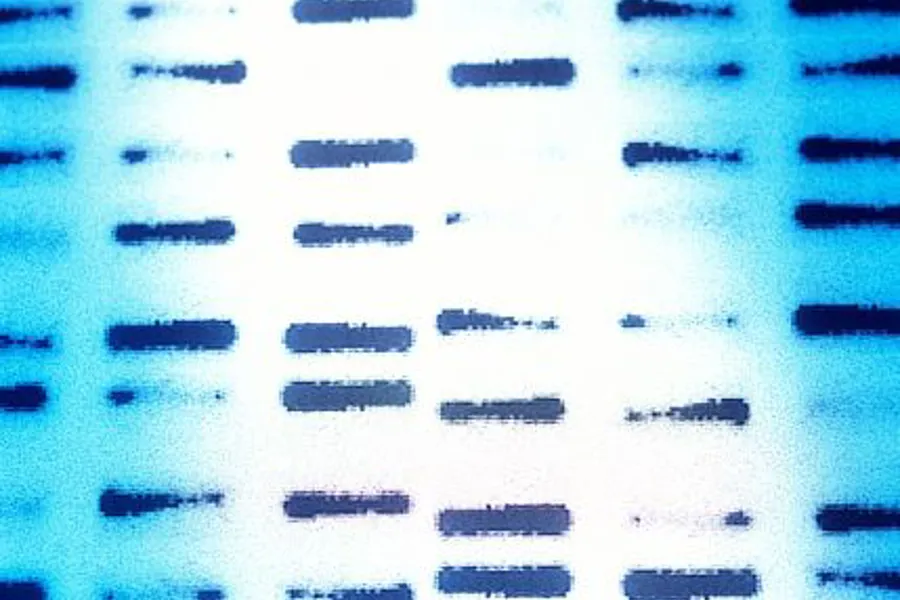Exogenous high glucose levels impact different protein subsets in a concentration-dependent manner
The past decade revealed that cell identity changes, such as dedifferentiation or transdifferentiation, accompany the insulin-producing β-cell decay in most diabetes conditions. Mapping and controlling the mechanisms governing these processes is, thus, extremely valuable for managing the disease progression.

A shared feature of most diabetes disorders is the ultimate loss of functional insulin-producing pancreatic β-cells. This apparent common denominator hides an unexpected level of complexity: loss does not necessarily equal death. Although death might represent the final outcome, current research suggests a much more complex situation, where β-cells display a variety of initial responses which prevent or precede permanent loss, such as dedifferentiation or transdifferentiation. Thus, understanding the mechanisms governing identity maintenance in the pancreatic islet will allow for impeding or maybe even reversing the decay process.
Here, we identified the in vitro proteome landscape changes characterizing hiPSC-derived islet cells exposed to elevated glucose levels from the pancreatic progenitor stage. Interestingly, we discovered that the differentiating cells respond differently to the two glucose concentrations used (25 or 30 mM) by modulating distinct pathways and molecular targets.
Admittedly, one of the limitations of this study is that it does not address whether the effects of elevated glucose concentrations impact the protein expression levels or cell populations' size. Thus, we cannot properly establish if the increased glucose levels interfere with the protein abundance or cell fate acquisition and maintenance. Although it is beyond the scope of this study to unequivocally pinpoint the exact cellular mechanism, based on the unchanged fraction of insulin-expressing cells and insulin levels, we can speculate that, at least in the case of β-cell expressed markers, the probable scenario involves changes in the expression rather than the number of positive expressing cells. Nevertheless, this hypothesis should be rigorously addressed in future studies.
Of interest, the proteome landscape changes suggested both beneficial and detrimental changes for the islet cells fingerprint. Our data indicated that only a small subset of the identified regulatory landscape responds to changes in the redox balance, suggesting that not all glucose effects are elicited via shifts in energy metabolism.
Read more in;
Chronically Elevated Exogenous Glucose Elicits Antipodal Effects on the Proteome Signature of Differentiating Human iPSC-Derived Pancreatic Progenitors - PubMed (nih.gov)
Int J Mol Sci. 2021 Apr 2;22(7):3698.
Luiza Ghila, Thomas Aga Legøy, Andreas Frøslev Mathisen, Shadab Abadpour, Joao A Paulo, Hanne Scholz, Helge Ræder, Simona Chera
PMID: 33918250
PMCID: PMC8038174
DOI: 10.3390/ijms22073698
Shared under a Creative Commons license CC BY 4.0 (Creative Commons — Attribution 4.0 International — CC BY 4.0)